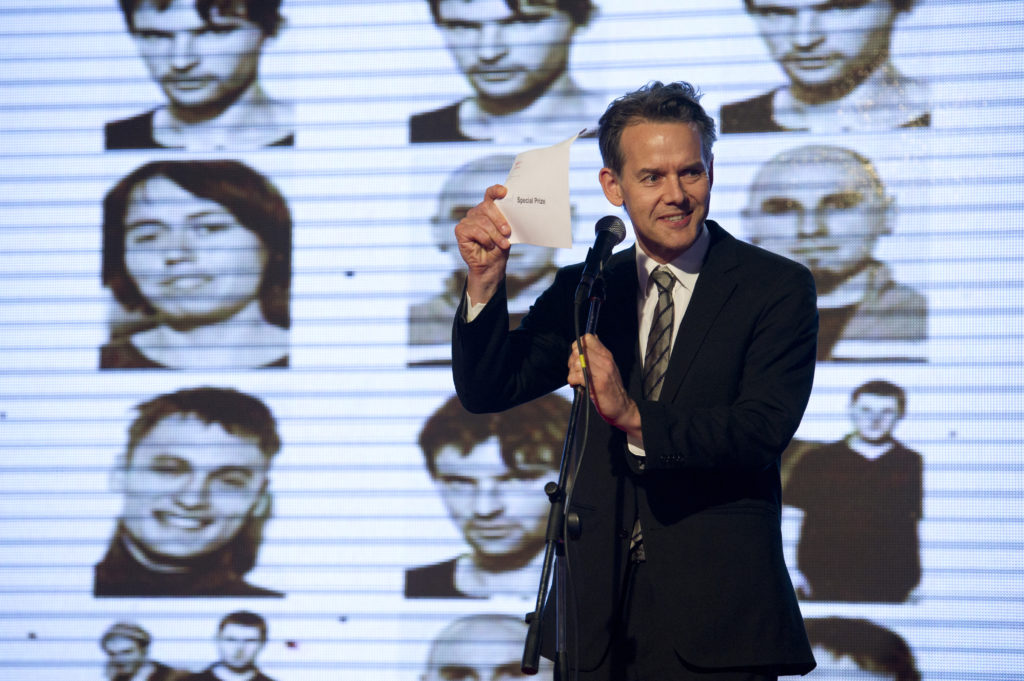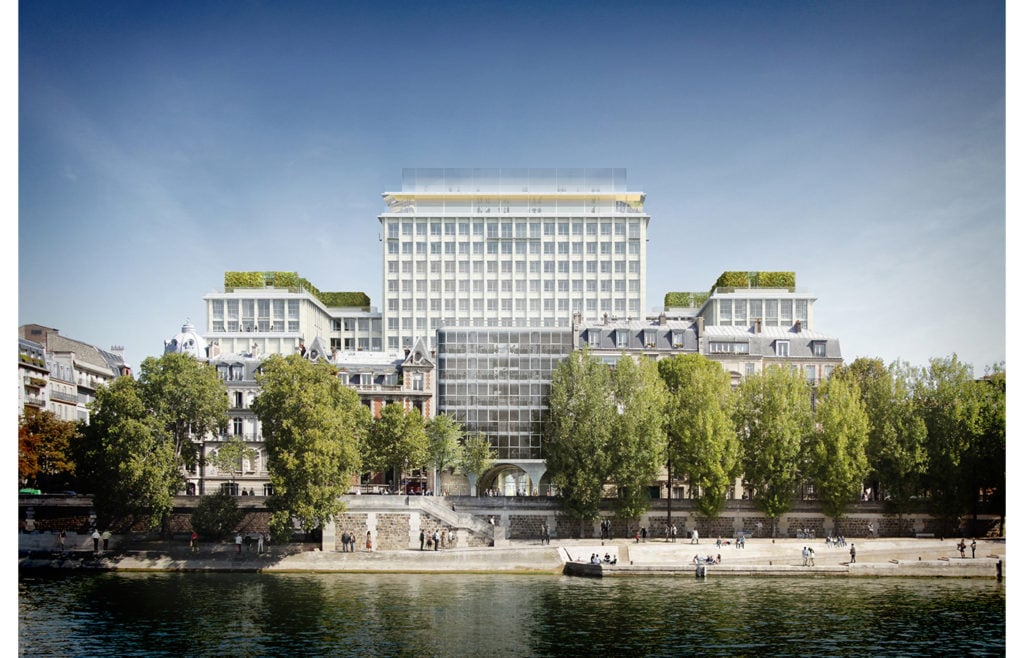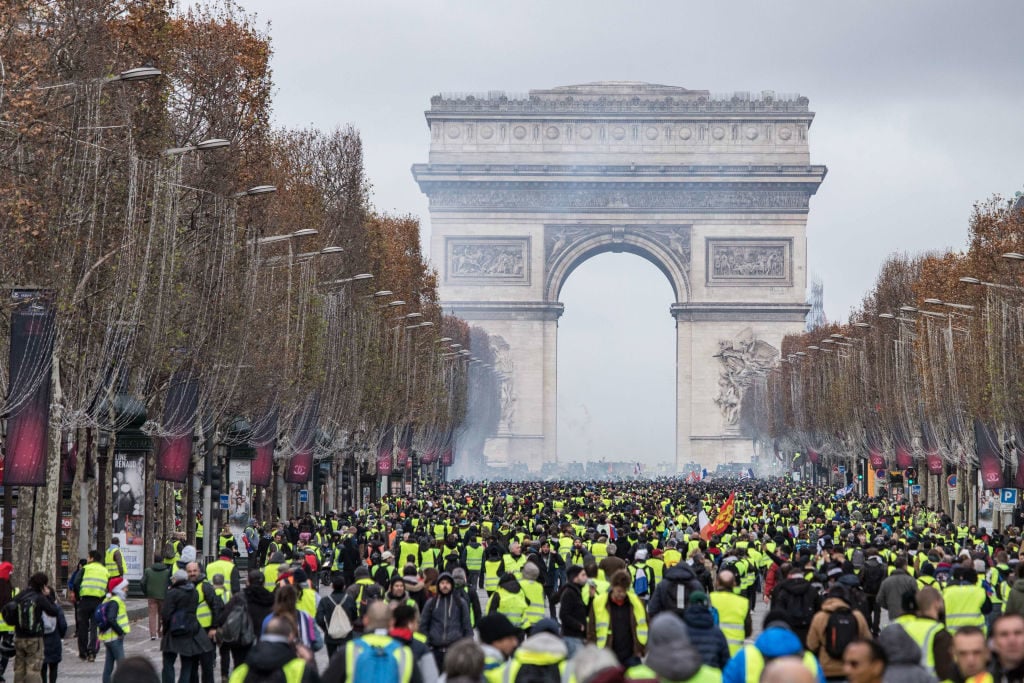Art World
Veteran Curator Marc-Olivier Wahler Hopes His New Paris Art Center Will Draw in People by Accident
The former director of the Palais de Tokyo is betting that an innovative model will attract a non-traditional crowd.

The former director of the Palais de Tokyo is betting that an innovative model will attract a non-traditional crowd.

Naomi Rea

Just days after stepping down from the directorship of the MSU Broad Art Museum, where he held the top job since July 2016, Marc-Olivier Wahler is already making plans for his next venture: to launch an experimental art lab in a rapidly transforming neighborhood of Paris.
Wahler’s unusual plan brings together ideas he has been toying with since the beginning of his career. And if it all goes according to plan, it might provide a model for how institutions can break open the ivory tower.
The Paris Art Lab, due to open in 2021, will take up two floors of an existing 17-story building in an up-and-coming neighborhood between the Seine and the Bastille. The structure is being renovated by star architect David Chipperfield, and the top two stories will be designed by Olafur Eliasson, who will install a bar with an artful take on the Paris skyline. In the meantime, Wahler is working to open a small pavilion on the street outside the Paris Art Lab on February 21. It will have its own program of exhibitions, performance, and workshops.
While it may all sound like any other fancy art-world endeavor, Wahler explains that he has other ideas in mind. “I’m not interested in just having a new space,” he says. “I’m always thinking about the structure, especially nowadays in the 21st century: what can an art center or a museum bring to the new needs of the people?”
The newly renovated building will be multipurpose, and Wahler’s target audience isn’t necessarily an art crowd. Inside, aside from the galleries, visitors will find a youth hostel, social housing, a posh hotel, a supermarket, shops, and offices. “I’m interested in thinking about the museum as an ecosystem and how I can shape it in order to allow people—any type of people, insiders and outsiders—to share in what artists want to express,” Wahler explains.
Hopefully, he says, people will stumble into the art by chance. “For me, what is really interesting is having people who have never stepped foot in a museum.”

Rendering of the building that will house the Paris Art Lab. Courtesy David Chipperfield Architects.
The idea of luring audiences in by accident came to Wahler in his small Swiss hometown, where he cofounded the Centre d’art Neuchâtel in 1994. This passion project—which had no external support and had a pro bono staff—relied on proceeds from its cafe-restaurant to stay afloat. Soon, it became clear that people came to dine and wandered into the art center by accident while looking for the bathroom. Somehow, this chance encounter with art worked, and Wahler has spent his career chasing this magic.
The philosophy served him well in Michigan. The Broad has a phenomenal Zaha Hadid building, but, he says, if you have any preconceptions about contemporary art not being for you, “it looks like a shark ready to eat you.” So Wahler opened a space across the street in a low-key building that “looks like a former Taco Bell,” which he says has been successful at drawing in a different public.
Having directed art institutes and museums the world over (he was also director and chief curator at the Palais de Tokyo between 2006 and 2012), Wahler is excited at the chance to set up the ecosystem of the Paris Art Lab from the ground up, testing it as a model that could eventually be extended to a wider community. “If it works in this smaller ecosystem, we could study how it could ripple in the close neighborhood, and beyond,” he says.
The idea is radical in a city like Paris. Home to some of the world’s most esteemed art museums, Paris at times still stubbornly holds onto old world distinctions between “high” and “low” culture, dividing lines Wahler doesn’t believe in.
“Paris is changing a lot, I think,” he says. “It’s coming maybe slower than elsewhere, but I think more and more people are accepting this idea that there are no barriers. For me, they never existed.”

Arc de Triomphe during the Yellow Vest demonstration on December 8, 2018. Photo by Nicolas Economou/NurPhoto via Getty Images.
With the anti-government yellow vest protests still gripping the nation, however, it’s hard to ignore the question of how the Paris Art Lab will effect the surrounding neighborhood. Will there be a backlash from the local community?
“We are tools of gentrification, we have to face it,” Wahler says. “But if we have this awareness, what can we do?” To assuage fears, Wahler says he reached out to the active neighborhood association in this area of Paris two years ago, when the project was in its initial stages. “So far they’re very happy,” he says.
For the time being, much is still up in the air about the project, including the full sources of its funding. “We talked about getting a pool created by all the users of the building, but nothing is yet decided,” Wahler says. He is also still settling back into Paris, where he returned to be nearer to a hospital for familial reasons, which is why he left Michigan.
His exact role at the new center is also yet to be defined. “What I want, really, is for it to be sustainable and for it to continue for many years,” he says. “That’s my goal. If it continues without me, that’s fine.”